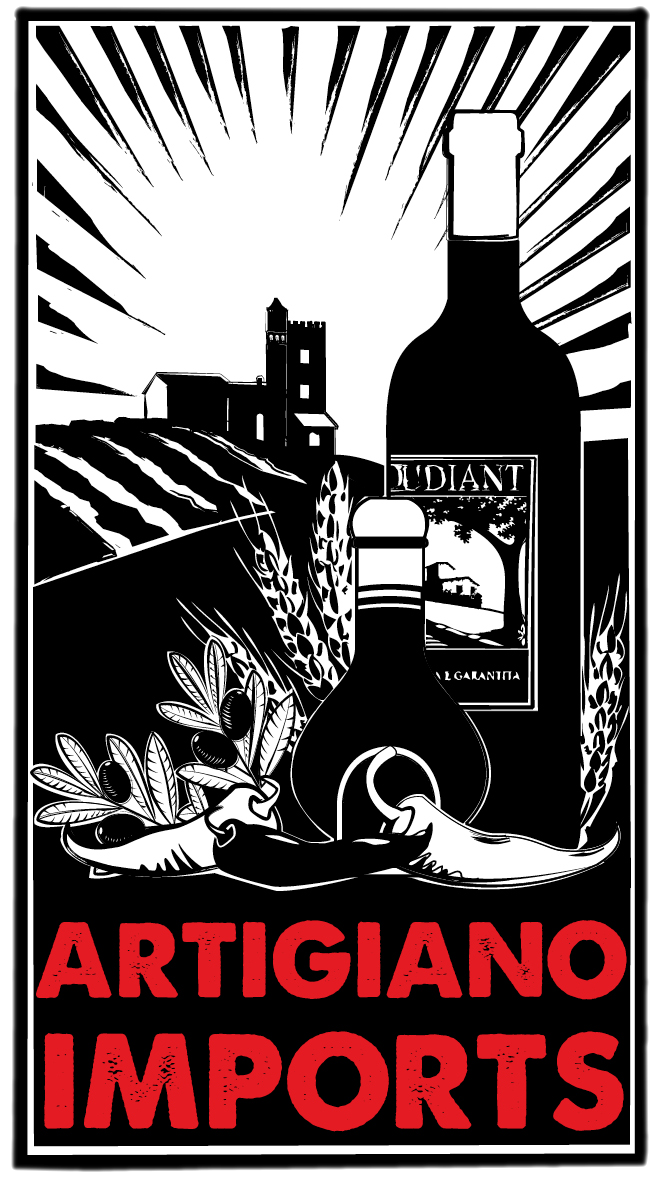 Image 1 of
Image 1 of


Tenute Sella Nebbiolo Bramatera DOC 2015
This “Mountain Nebbiolo” comes from Upper Piedmont and the Sesia River Valley, a region shaped by a supervolcano that collapsed around 50 million years ago, leaving behind one of the most geologically significant sites on Earth. This area is home to 10 different denominations of Spanna—the local name for Nebbiolo—whose history predates even that of Barolo by centuries.
Bramaterra’s vineyards are located in Villa del Bosco and Brusnengo, where the acidic, red-brown volcanic porphyritic sands create a wine with striking minerality and structure. Unlike Lessona, Bramaterra has a bolder profile, blending Nebbiolo (70%) with Croatina (20%) for added depth and color, and Vespolina (10%) for a touch of spice.
Tenute Sella, the oldest established winery in the region (founded in 1671), has cultivated these vineyards for over a century, with the first vintage of Bramaterra produced in 1902. The wine undergoes a 30-day maceration for Nebbiolo and Vespolina, and 16 days for Croatina, followed by malolactic fermentation in oak. It then matures for 28 months in 10hl Slavonian oak barrels, developing the balance and longevity that make it ideal for aging over 20 years.
Region:
Villa del Bosco and Brusnengo (Piedmonte)
Grapes:
Nebbiolo 70%, Croatina 20%, Vespolina 10%
Style:
Red
Soil:
Marine sands over volcanic porphyry, rich in iron, potassium & magnesium
Farming:
Practising Organic
This “Mountain Nebbiolo” comes from Upper Piedmont and the Sesia River Valley, a region shaped by a supervolcano that collapsed around 50 million years ago, leaving behind one of the most geologically significant sites on Earth. This area is home to 10 different denominations of Spanna—the local name for Nebbiolo—whose history predates even that of Barolo by centuries.
Bramaterra’s vineyards are located in Villa del Bosco and Brusnengo, where the acidic, red-brown volcanic porphyritic sands create a wine with striking minerality and structure. Unlike Lessona, Bramaterra has a bolder profile, blending Nebbiolo (70%) with Croatina (20%) for added depth and color, and Vespolina (10%) for a touch of spice.
Tenute Sella, the oldest established winery in the region (founded in 1671), has cultivated these vineyards for over a century, with the first vintage of Bramaterra produced in 1902. The wine undergoes a 30-day maceration for Nebbiolo and Vespolina, and 16 days for Croatina, followed by malolactic fermentation in oak. It then matures for 28 months in 10hl Slavonian oak barrels, developing the balance and longevity that make it ideal for aging over 20 years.
Region:
Villa del Bosco and Brusnengo (Piedmonte)
Grapes:
Nebbiolo 70%, Croatina 20%, Vespolina 10%
Style:
Red
Soil:
Marine sands over volcanic porphyry, rich in iron, potassium & magnesium
Farming:
Practising Organic
This “Mountain Nebbiolo” comes from Upper Piedmont and the Sesia River Valley, a region shaped by a supervolcano that collapsed around 50 million years ago, leaving behind one of the most geologically significant sites on Earth. This area is home to 10 different denominations of Spanna—the local name for Nebbiolo—whose history predates even that of Barolo by centuries.
Bramaterra’s vineyards are located in Villa del Bosco and Brusnengo, where the acidic, red-brown volcanic porphyritic sands create a wine with striking minerality and structure. Unlike Lessona, Bramaterra has a bolder profile, blending Nebbiolo (70%) with Croatina (20%) for added depth and color, and Vespolina (10%) for a touch of spice.
Tenute Sella, the oldest established winery in the region (founded in 1671), has cultivated these vineyards for over a century, with the first vintage of Bramaterra produced in 1902. The wine undergoes a 30-day maceration for Nebbiolo and Vespolina, and 16 days for Croatina, followed by malolactic fermentation in oak. It then matures for 28 months in 10hl Slavonian oak barrels, developing the balance and longevity that make it ideal for aging over 20 years.
Region:
Villa del Bosco and Brusnengo (Piedmonte)
Grapes:
Nebbiolo 70%, Croatina 20%, Vespolina 10%
Style:
Red
Soil:
Marine sands over volcanic porphyry, rich in iron, potassium & magnesium
Farming:
Practising Organic





